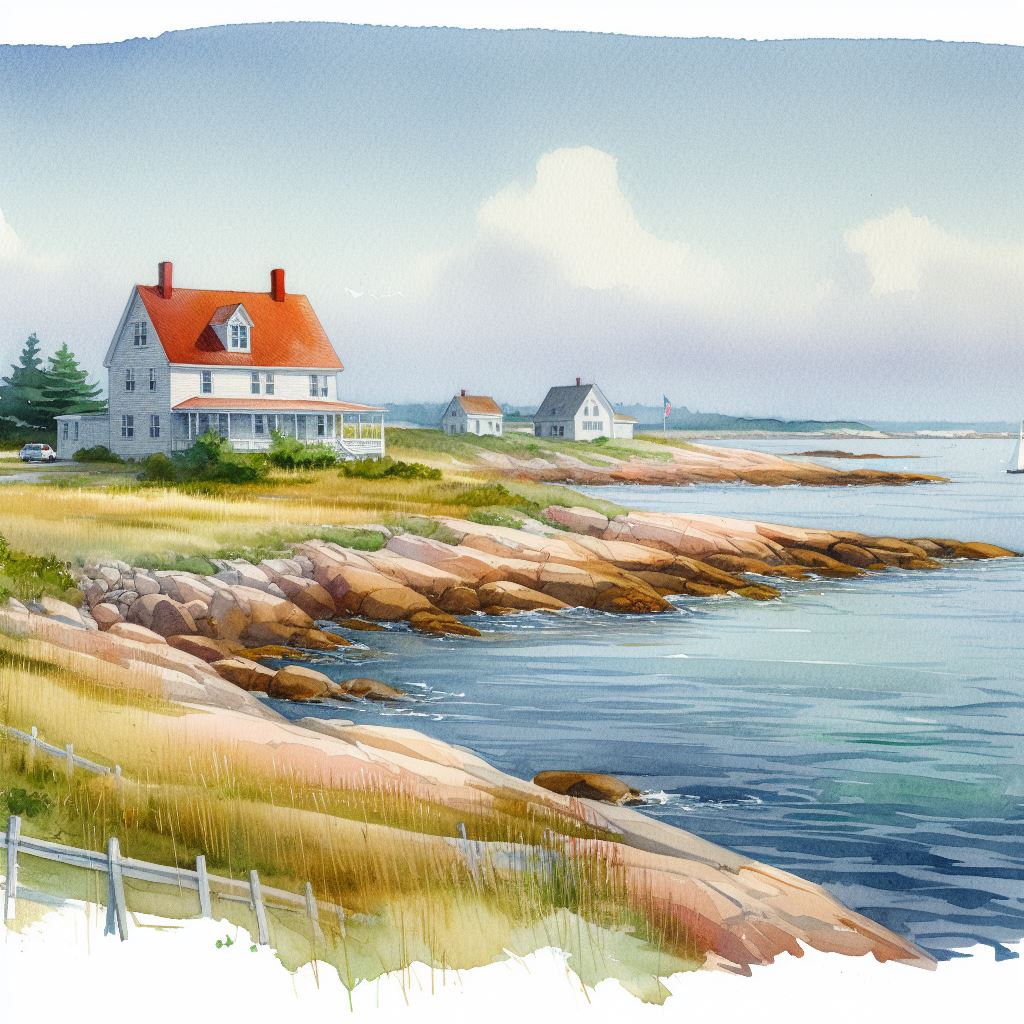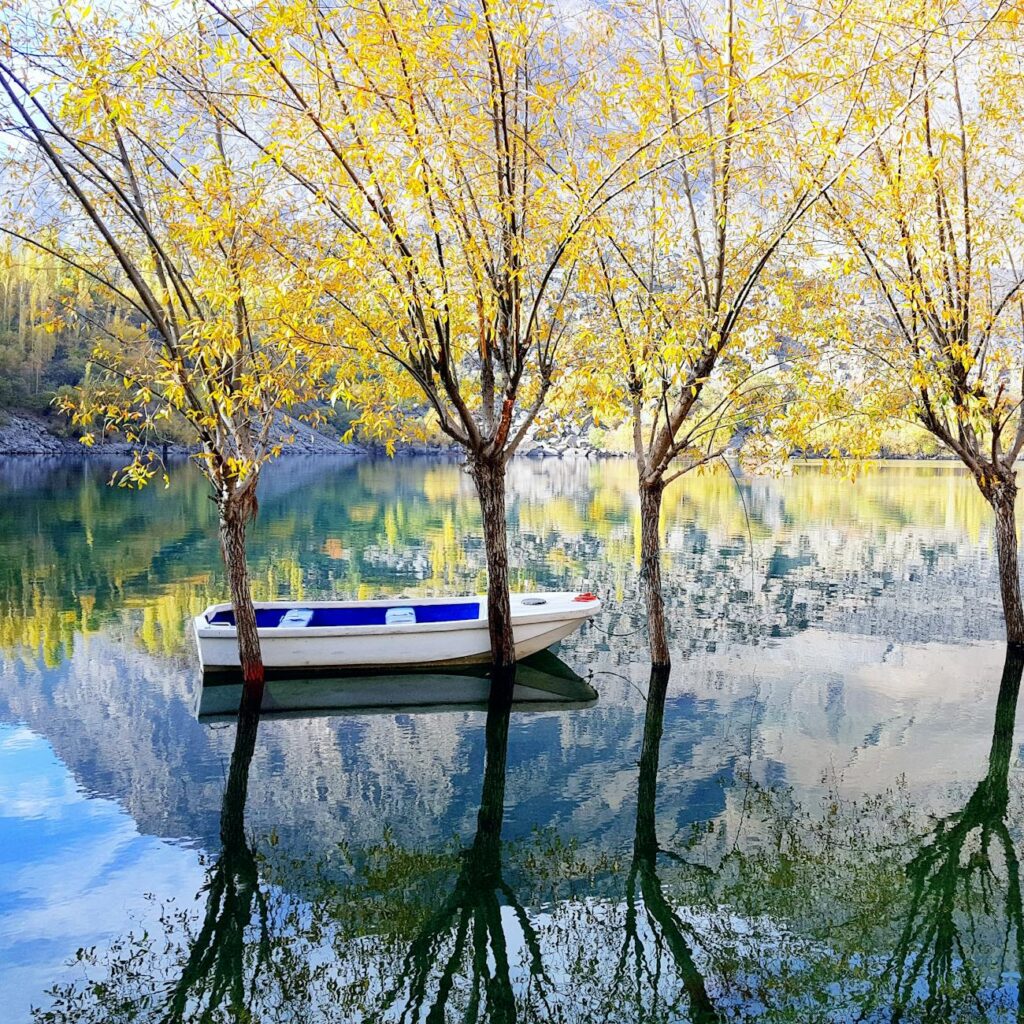Have you ever swirled a brush loaded with vibrant watercolor and wondered about the magic held within that small pan of color? For centuries, artists were not just painters; they were alchemists, transforming raw earth and humble plants into luminous paints. Today, that same magic is within your reach. Learning how to make watercolor paint is a rewarding journey that connects you deeply to your materials, offering unparalleled control over your palette and a tangible link to art history.
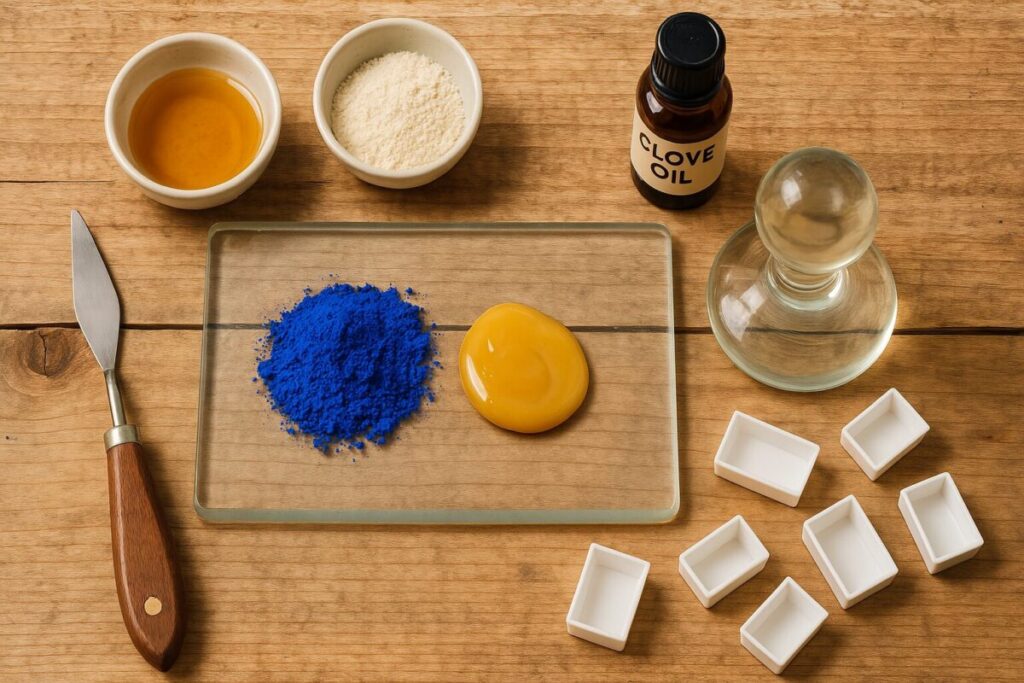
Making your own watercolors is surprisingly simple in principle, yet it offers endless possibilities for customization. It boils down to one essential combination: a pigment (the color) and a binder (the glue that holds it together and allows it to flow). By creating your own, you can craft unique hues unavailable in stores, control the texture and transparency of your paints, and embrace a more sustainable and personal artistic practice. This guide will walk you through the entire process, from gathering your ingredients to mulling your very own professional-grade watercolors.
Key Points:
- Understand the Core Components: Learn about the two essential ingredients for watercolor paint: pigment (for color) and a binder, typically made from gum arabic, to hold the pigment together.
- The Magic Binder Recipe: Discover a classic recipe for watercolor binder using gum arabic, honey, glycerin, and a natural preservative like clove oil.
- Pigment Possibilities: Explore the world of pigments, from natural earth tones you can forage yourself to high-quality synthetic pigments available online.
- The Art of Mulling: Master the crucial step of “mulling,” which involves grinding the pigment and binder together to create a smooth, consistent paint.
- Customize Your Creations: Find out how to adjust your recipe to create paints that are more transparent, vibrant, or have a better flow, giving you complete control over your artistic materials.
The Heart of the Matter: Pigment and Binder
At its core, any paint is simply pigment suspended in a binder. For watercolors, the traditional and most effective binder is a solution of gum arabic.
What is Gum Arabic? Gum arabic is a natural, hardened sap from the Acacia tree. It serves as the glue that holds the pigment particles together and allows them to adhere to the paper. When you add water, the gum arabic re-dissolves, releasing the pigment to create the transparent washes we love.
What is Pigment? Pigment is the substance that gives paint its color. Pigments can be sourced from a vast array of materials:
- Earth Pigments: These come from naturally colored clays and minerals in the soil, like ochres, umbers, and siennas. You can even learn to forage and process these yourself for a truly earth-to-palette experience.
- Mineral Pigments: Sourced from specific minerals and rocks, such as the vibrant blue of Lapis Lazuli or the green of Malachite.
- Synthetic Pigments: Modern chemistry has given us a dazzling array of stable, lightfast, and intensely colored pigments like the Quinacridones and Phthalos. For beginners, buying finely ground, high-quality dry pigments from an art supplier is the easiest way to start.
Your Alchemical Shopping List
Before you begin, you’ll need to gather a few key ingredients and tools. This process is like a creative form of cooking, where quality ingredients yield the best results.
Essential Tools:
- Glass Muller: A handheld tool with a flat, ground-glass bottom. This is the most critical tool for the process.
- Glass Mulling Slab: A thick plate of glass (or a piece of smooth marble) to serve as your work surface. The friction between the muller and the slab is what disperses the pigment into the binder.
- Palette Knife: For mixing the pigment and binder together before mulling.
- Measuring Spoons & A Small Jar: For measuring ingredients and storing your binder.
- Watercolor Pans or Jars: To store your finished paint.
Binder Ingredients:
- Gum Arabic Powder: The foundation of your binder.
- Distilled Water: Use distilled water to avoid impurities found in tap water that could affect your paint.
- Honey or Vegetable Glycerin: These are “humectants.” They help the paint re-wet easily in the pan and can increase vibrancy and flow. Many artists use a combination of both.
- Clove Essential Oil (Optional): Acts as a natural preservative to prevent mold from growing in your paints.
A Classic Watercolor Binder Recipe
This recipe will make enough binder for a substantial batch of paints. You can store the extra in an airtight jar in the refrigerator for up to a year.
| Ingredient | Amount | Purpose |
| Hot Distilled Water | 6 Tablespoons | Dissolves the gum arabic |
| Gum Arabic Powder | 3 Tablespoons | The primary binder |
| Honey | 2 Tablespoons | Humectant, adds brilliance |
| Clove Essential Oil | 1-2 Drops | Natural preservative |
Instructions:
- Slowly pour the gum arabic powder into the hot water, stirring continuously until it is fully dissolved.
- Mix in the honey until the solution is uniform.
- Add the drops of clove oil and mix thoroughly.
- Pour the binder into your airtight jar for storage.
“The artist is a receptacle for emotions that come from all over the place: from the sky, from the earth, from a scrap of paper, from a passing shape, from a spider’s web.”
Pablo Picasso
This sentiment perfectly captures the spirit of making your own materials. Inspiration and color can be found everywhere, and by making your own paint, you become a direct participant in that alchemy.
The Main Event: Mulling Your Paint
This is where the magic happens. Mulling is the process of grinding the pigment and binder together to ensure every tiny particle of pigment is completely coated in the binder. This creates a smooth, consistent, and vibrant paint.
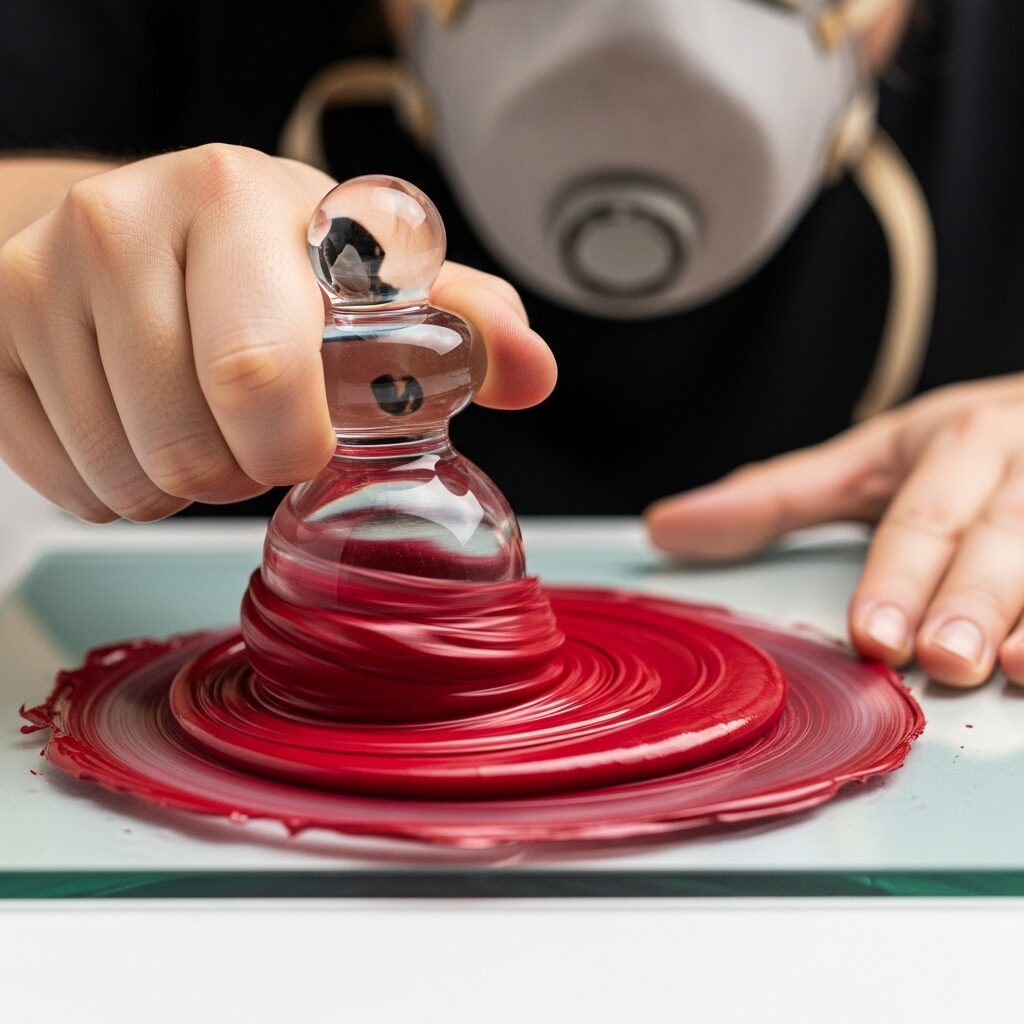
Step-by-Step Guide:
- Prepare Your Workspace: Place your glass slab on a non-slip mat. Always wear a dust mask or respirator when working with dry pigments to avoid inhaling them.
- Measure Your Pigment: Place a small mound of dry pigment onto the center of your slab. A good starting point for a full pan is about 1 teaspoon of pigment.
- Add the Binder: Create a small well in the center of your pigment pile. Start by adding an equal amount of your premixed binder. A 1:1 ratio of pigment to binder is a good starting point, but be prepared to adjust. Some pigments are thirstier than others.
- Initial Mix: Use your palette knife to gently fold the pigment and binder together, much like folding flour into a dough. Keep mixing until you have a thick, paste-like consistency.
- Time to Mull: Place your glass muller onto the paste. Pushing down with gentle but firm pressure, move the muller in a circular or figure-eight motion. You will hear and feel a gritty sound at first. Your goal is to continue mulling until this sound disappears and the paint feels perfectly smooth underneath the muller.
- Scrape and Repeat: Periodically, use your palette knife to scrape the paint from the muller and the outer edges of the slab back into a central pile. Then, continue mulling. This process can take anywhere from 10 to 30 minutes depending on the pigment.
- Pan Your Paint: Once your paint is smooth and uniform, use the palette knife to scoop it into an empty watercolor pan. Tap the pan on your work surface to help the paint settle evenly.
- Let it Dry: Allow the paint to dry for 3-7 days in a warm, dry place out of direct sunlight. Some paints may crack as they dry; this is normal and can sometimes be fixed by adding a bit more binder or a drop of glycerin in your next batch.
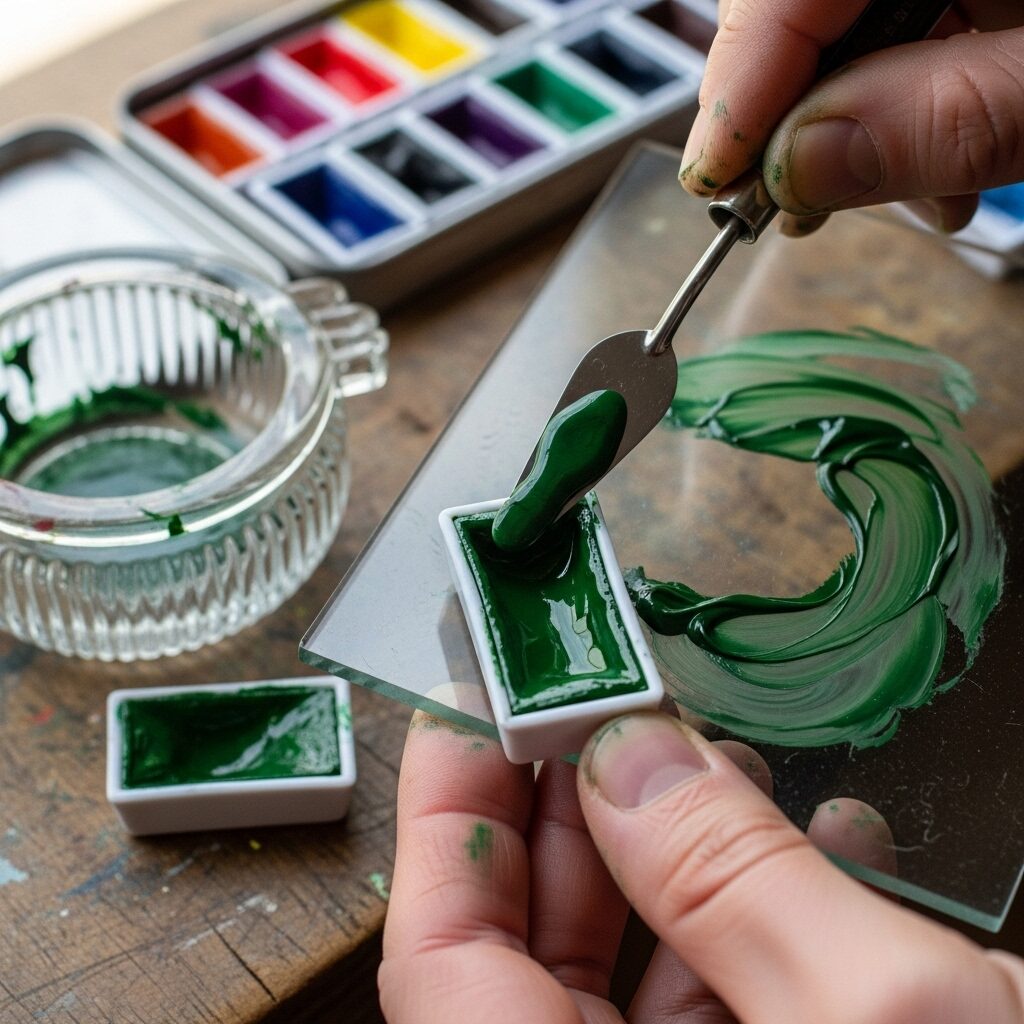
For a visual guide on the process, check out this helpful video:
Making your own watercolor paints is a deeply rewarding process that will change your relationship with color. It connects you to a long tradition of artist-craftsmen and gives you the ultimate freedom to create a palette that is uniquely yours. To learn more about how to use your new paints, you might enjoy this beginner’s guide to watercolors. And don’t forget the importance of your surface; explore how to choose the right watercolor paper pads for your creations. This hands-on approach is a form of sustainable art, reducing waste and fostering a deeper connection to your painting supplies.
FAQs: How to Make Watercolor Paint
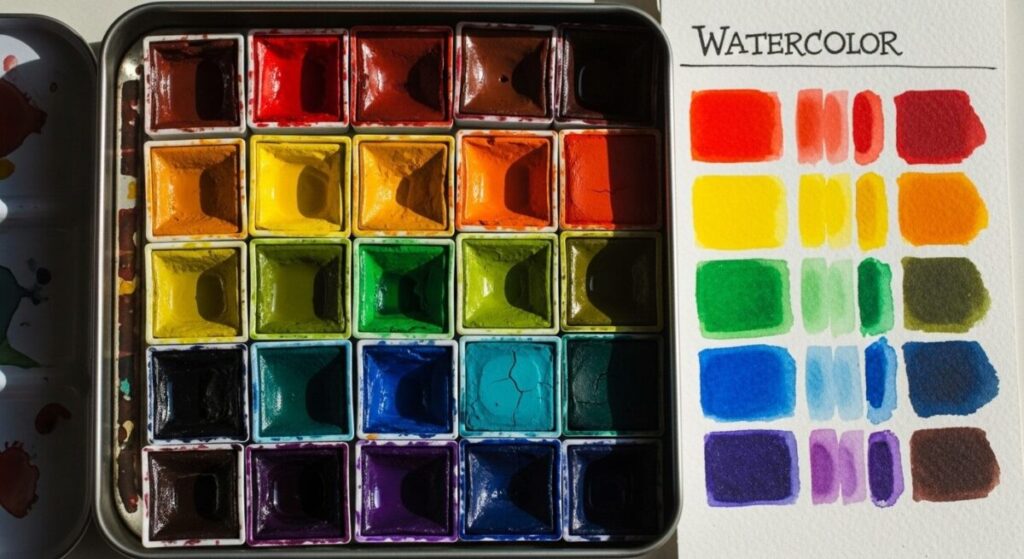
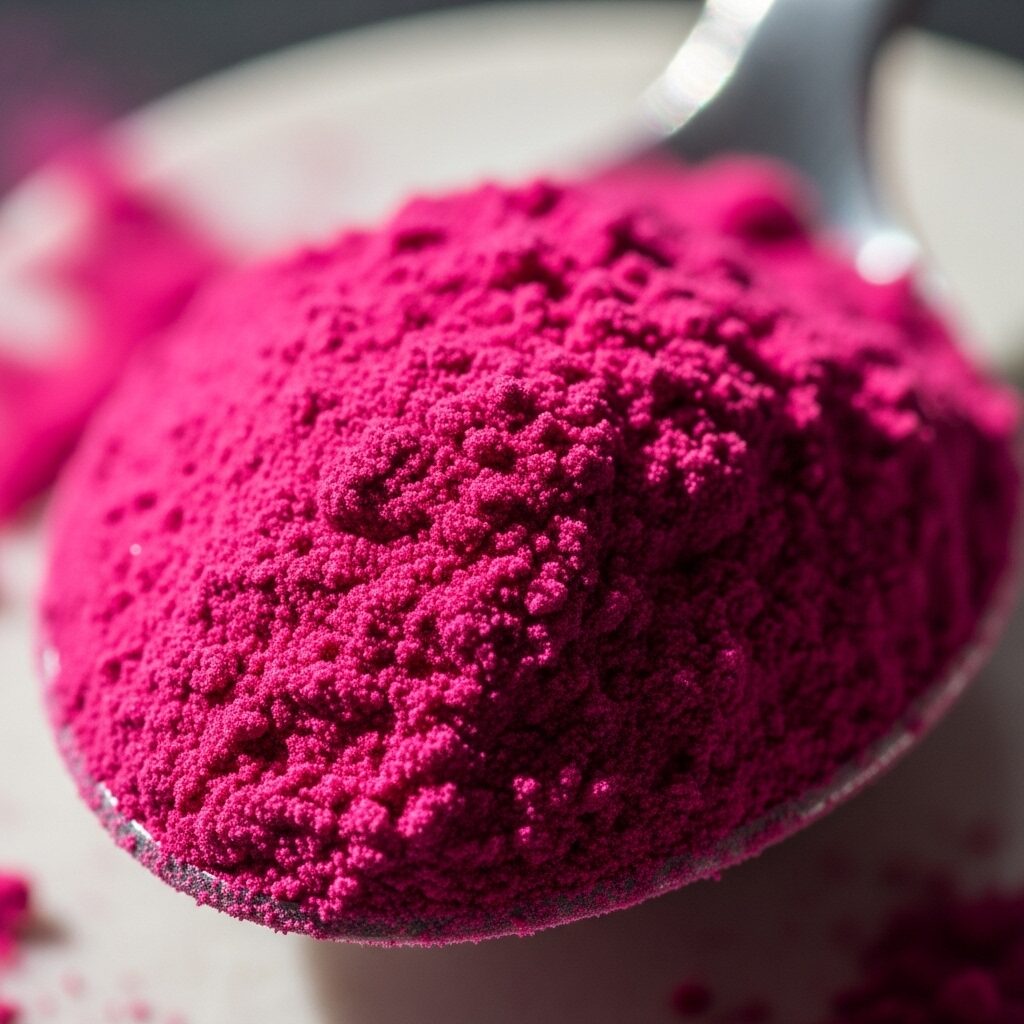
What’s the difference between making watercolor and oil paint? The main difference is the binder. Watercolor paint uses a water-soluble binder like gum arabic. Oil paint uses a drying oil, such as linseed or walnut oil, as its binder.
Why do you use honey in watercolor paint? Honey acts as a humectant, meaning it attracts moisture. This helps the dried paint in the pan re-wet more easily. It also acts as a plasticizer, preventing the paint from becoming too brittle and cracking, and can increase the paint’s luminosity and smoothness.
Is it safe to make your own paint? It is safe as long as you take proper precautions. The biggest risk is inhaling dry pigments. Always wear a dust mask or respirator. Some pigments, like those containing heavy metals (e.g., cobalts, cadmiums), are toxic if ingested, so be sure to work in a well-ventilated area, avoid eating or drinking, and wash your hands thoroughly.
Can I make watercolor paint without a muller? While a muller and slab are the traditional and most effective tools, you can try using a mortar and pestle for a very small batch, or even the back of a sturdy spoon on a ceramic plate. However, you will not achieve the same professional, smooth consistency as with a muller.
Where can I buy dry pigments? Many online art supply stores sell a wide variety of high-quality dry pigments. Look for suppliers that specialize in paint making for the best results.
Citations:
- PBS. “Homemade Watercolor Paints | Crafts for Kids”
- Natural Earth Paint. “Recipe: Professional-Grade Natural Watercolors”
- Reddit. “Making my own watercolors gives me immense happiness. All questions welcome!”
- WatercolorPainting.com. “How To Make Your Own Watercolors? Tips And Hacks”
- Miss Mustard Seed. “making handmade watercolors”
- Cornelissen. “Gum Arabic”
- Sennelier. “Honey-based Watercolor”
- Sunsikell – WordPress.com. “Hand-mulling Paint, Part I”
- Jackson’s Art Blog. “Everything You Need to Know About Oil Paint”
- Kroma Artist’s Acrylics. “Making Watercolour Paint”

